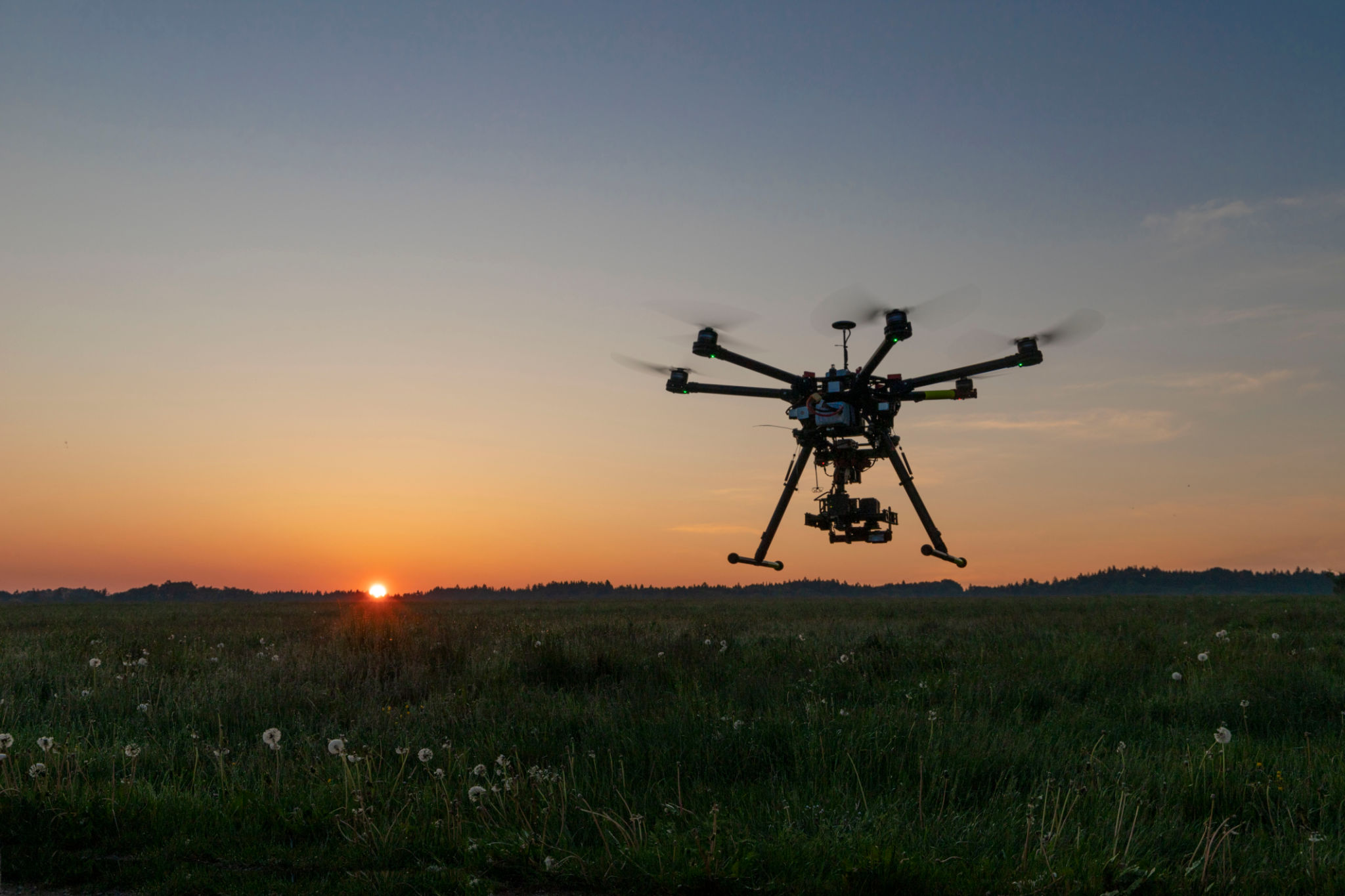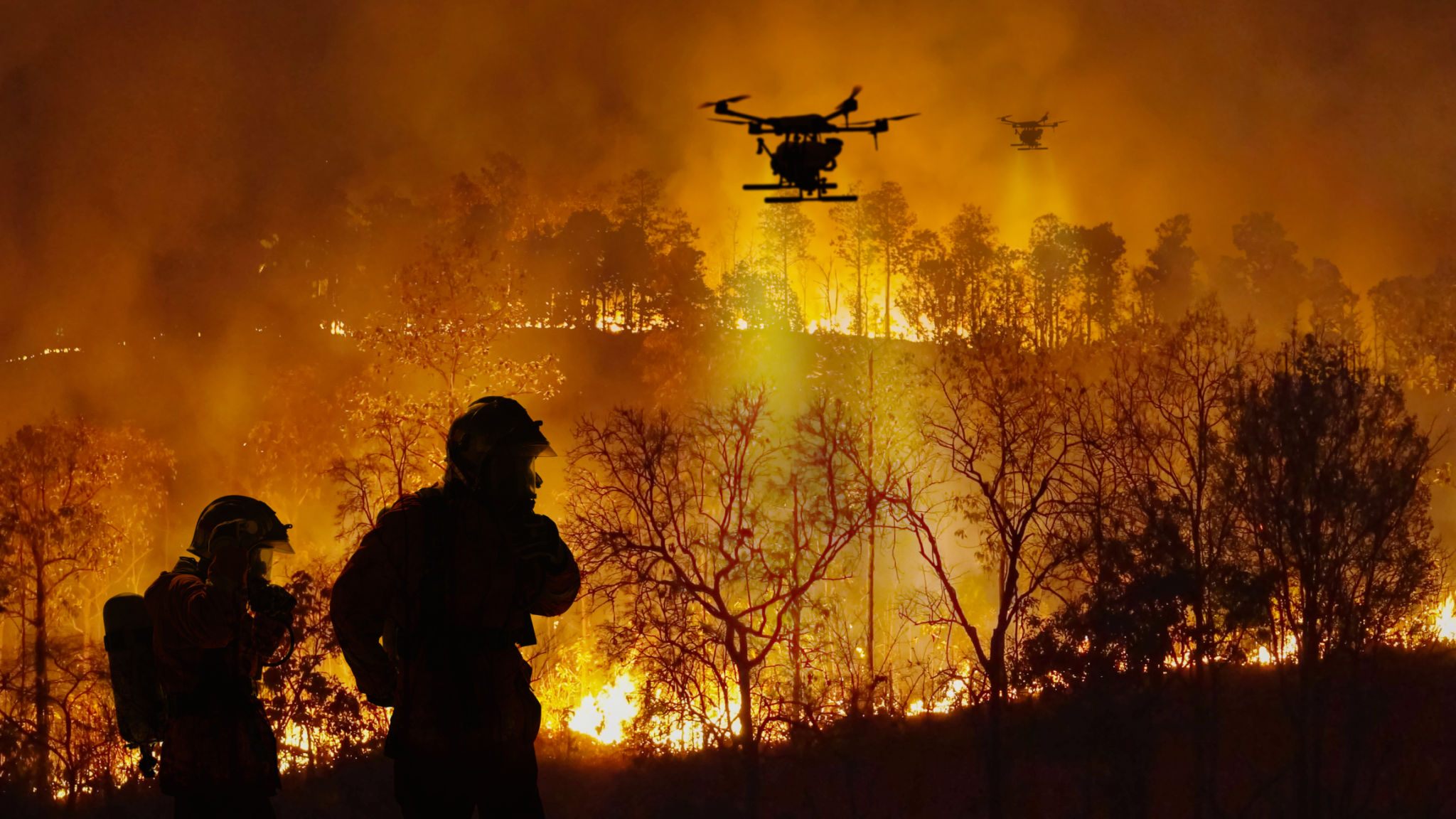How Thermal Imaging Drones Enhance HVAC Efficiency
Introduction to Thermal Imaging Drones in HVAC
As technology advances, industries across the board are discovering innovative ways to improve efficiency and service delivery. In the Heating, Ventilation, and Air Conditioning (HVAC) industry, one such innovation is the use of thermal imaging drones. These drones offer a bird's-eye view of HVAC systems, providing critical insights that were previously difficult or impossible to obtain.
Thermal imaging drones are equipped with cameras that detect heat signatures. This capability allows them to identify temperature variations and anomalies in HVAC systems, facilitating more efficient maintenance and operation. By pinpointing areas of concern quickly, they help HVAC professionals make informed decisions, ultimately enhancing system performance.

Benefits of Using Thermal Imaging Drones
One of the primary benefits of thermal imaging drones is their ability to access hard-to-reach areas. Traditional inspection methods often require ladders, scaffolding, or even shutting down systems to conduct checks. Drones, however, can fly over and around HVAC systems, capturing real-time data without interrupting operations.
Additionally, using drones for thermal imaging reduces the risk to personnel. Inspectors no longer need to climb onto rooftops or navigate through potentially hazardous areas. This not only enhances safety but also allows teams to conduct inspections more frequently with minimal disruption.
Improved Diagnostics and Maintenance
Thermal imaging drones provide detailed visual data that can identify issues such as heat loss, leaks, or insulation problems. With this information, HVAC professionals can diagnose problems more accurately and plan targeted maintenance strategies.

Regular drone inspections can also help in predictive maintenance. By constantly monitoring the condition of HVAC systems, technicians can anticipate failures before they occur and perform necessary repairs. This proactive approach leads to reduced downtime and extended equipment lifespan.
Cost Efficiency and Environmental Impact
Implementing thermal imaging drones in HVAC tasks can significantly reduce costs. By enhancing the accuracy and speed of inspections, businesses save on labor and material costs associated with inefficient maintenance practices. Moreover, by identifying issues early, drones help prevent costly emergency repairs.
The environmental benefits are also noteworthy. Efficient HVAC systems consume less energy, which reduces carbon footprints. Thermal imaging helps ensure that systems are operating optimally, minimizing energy waste and promoting sustainable practices.

Future of Thermal Imaging Drones in HVAC
The integration of thermal imaging drones in the HVAC sector is still evolving. As technology continues to advance, we can expect even more sophisticated drones with enhanced capabilities such as AI-driven analytics and autonomous operation. These improvements will further streamline HVAC inspections and maintenance processes.
In conclusion, the use of thermal imaging drones represents a significant leap forward in HVAC efficiency. By providing valuable insights and improving safety and cost-effectiveness, these drones are reshaping how HVAC systems are monitored and maintained, paving the way for a more efficient and sustainable future.
